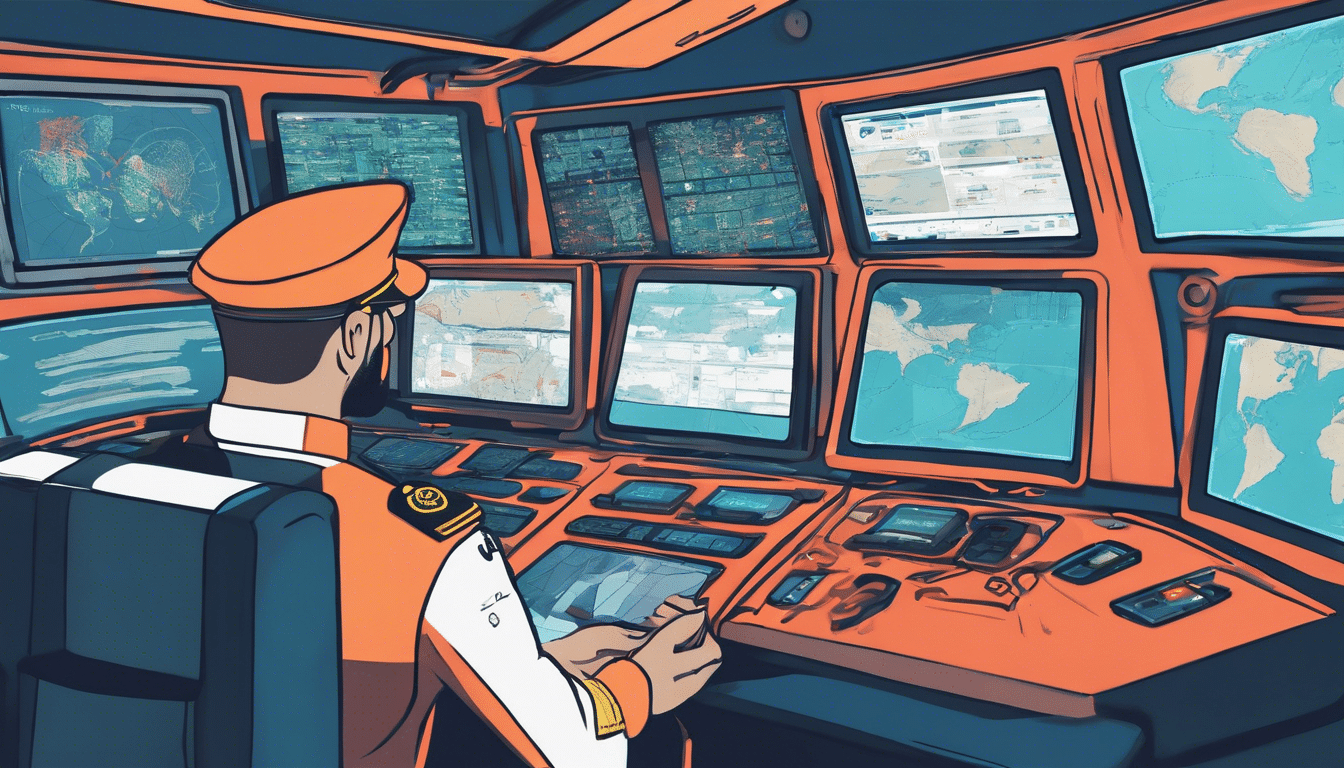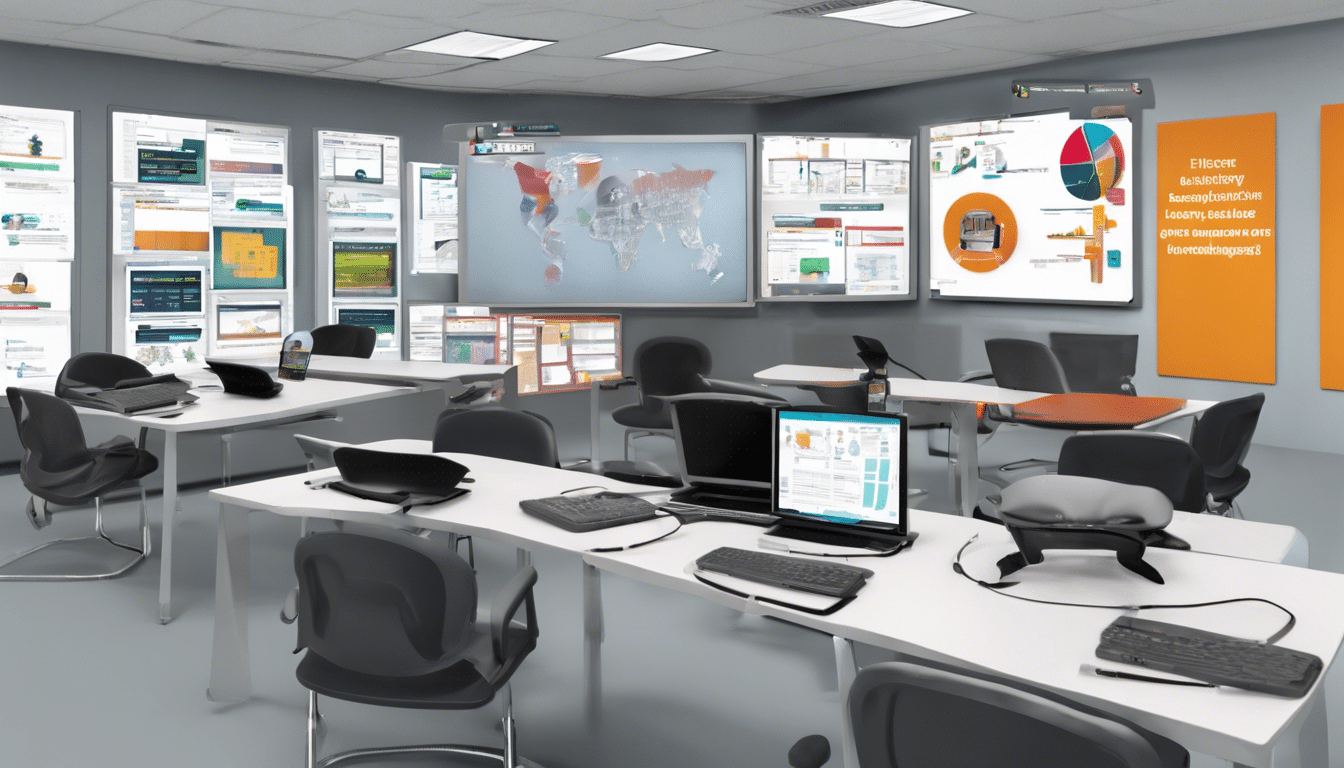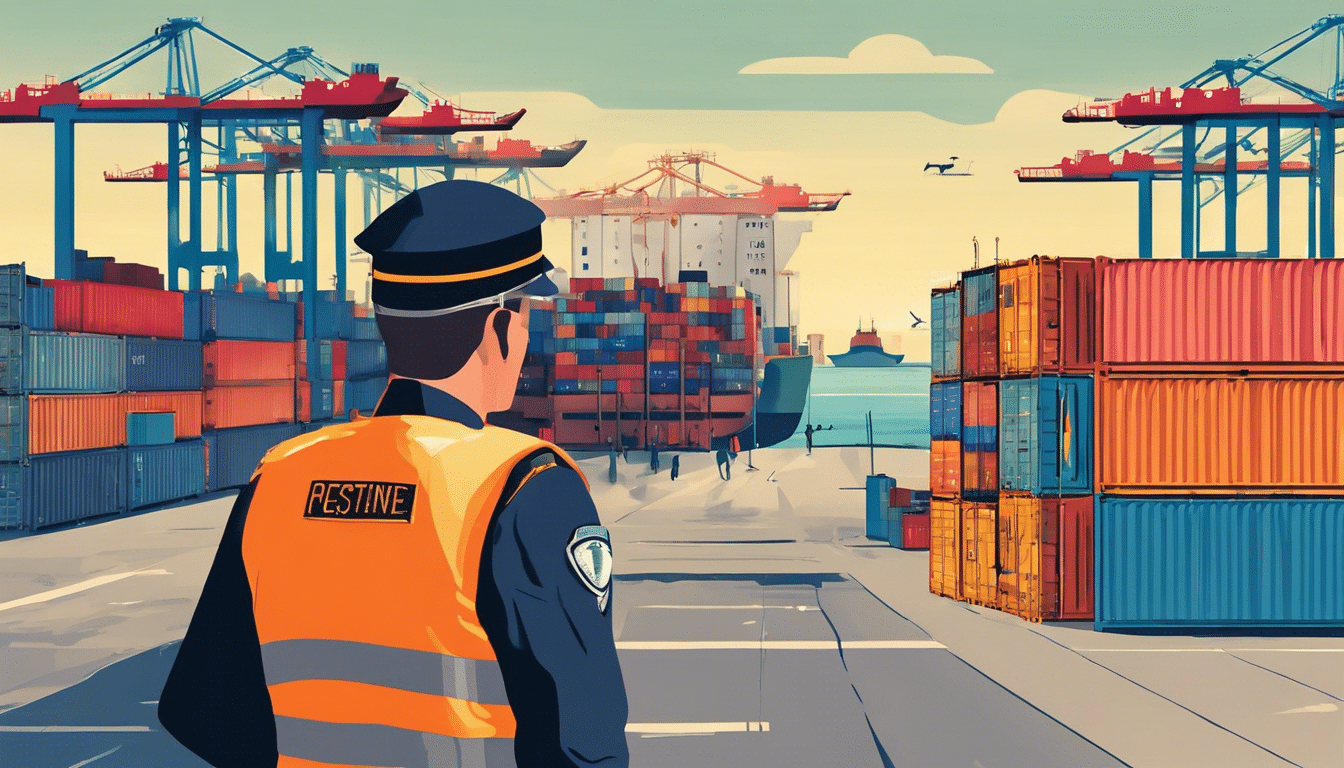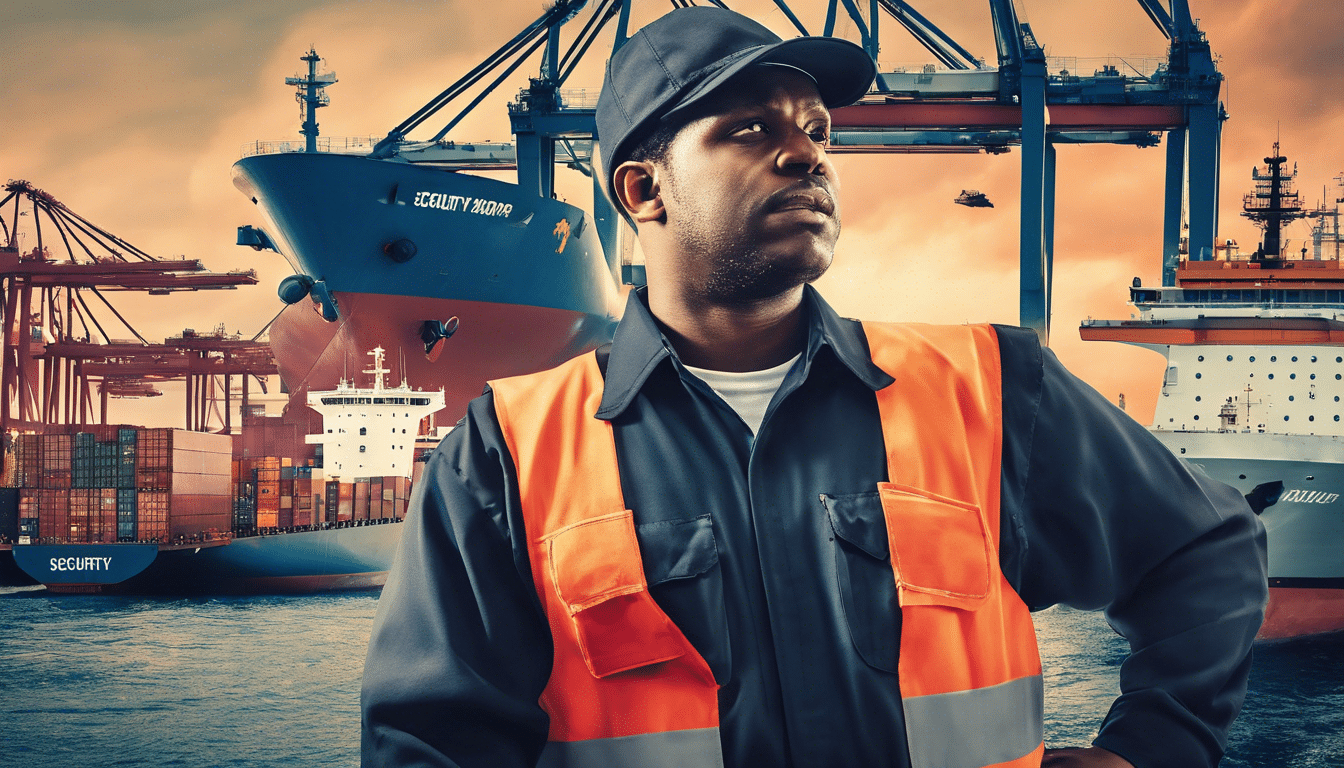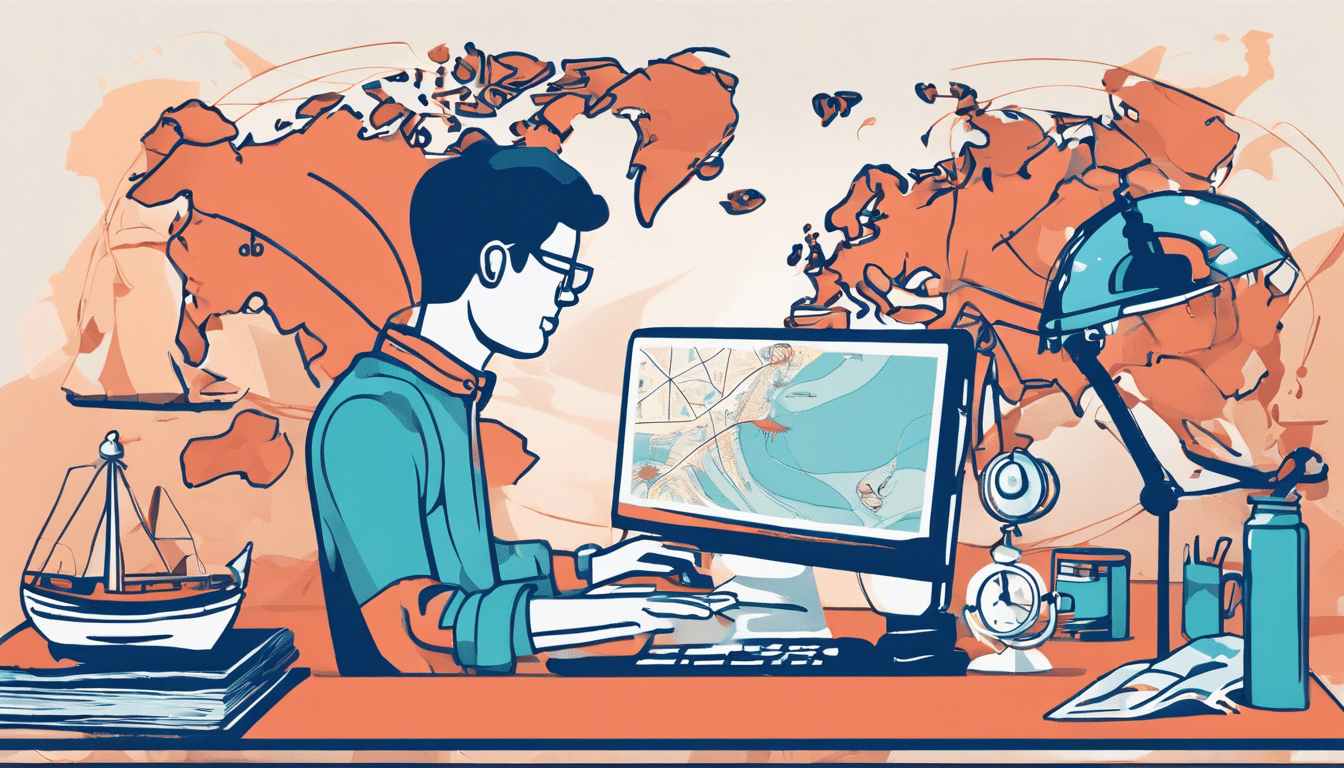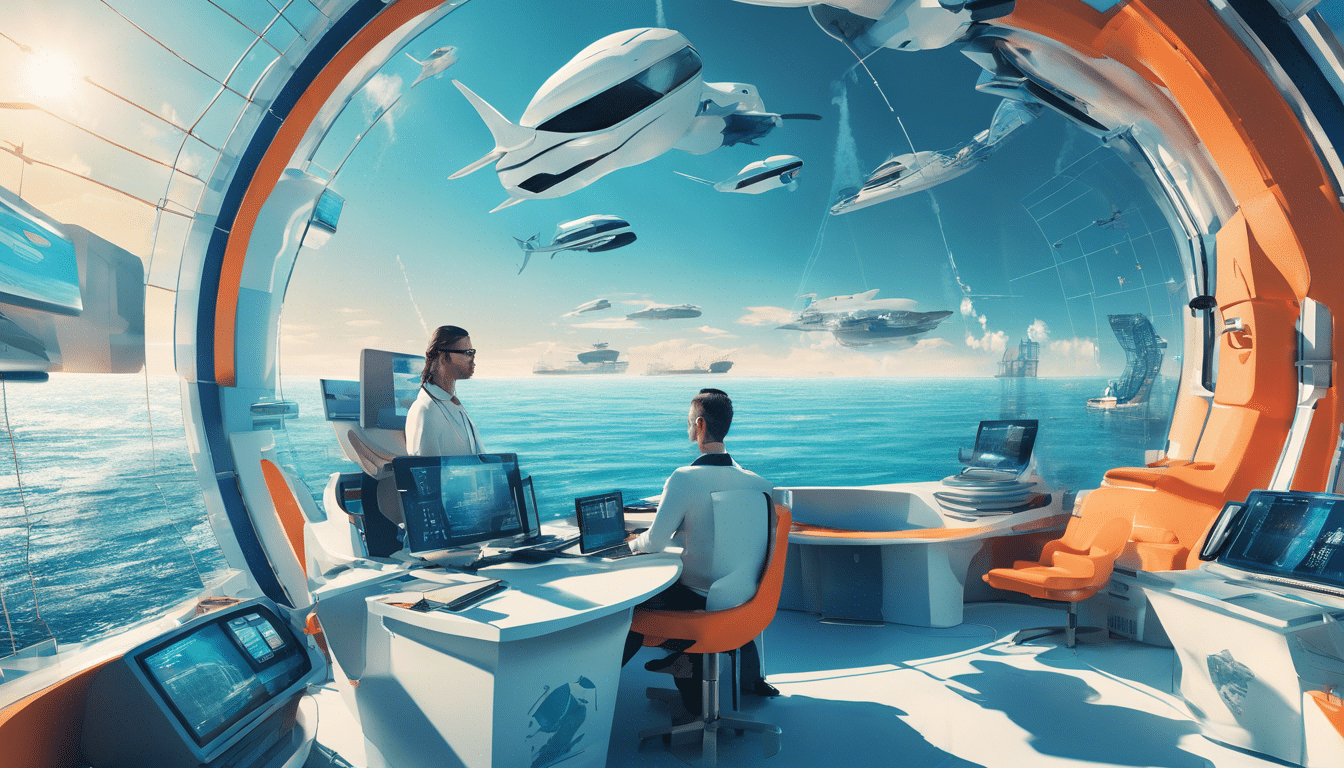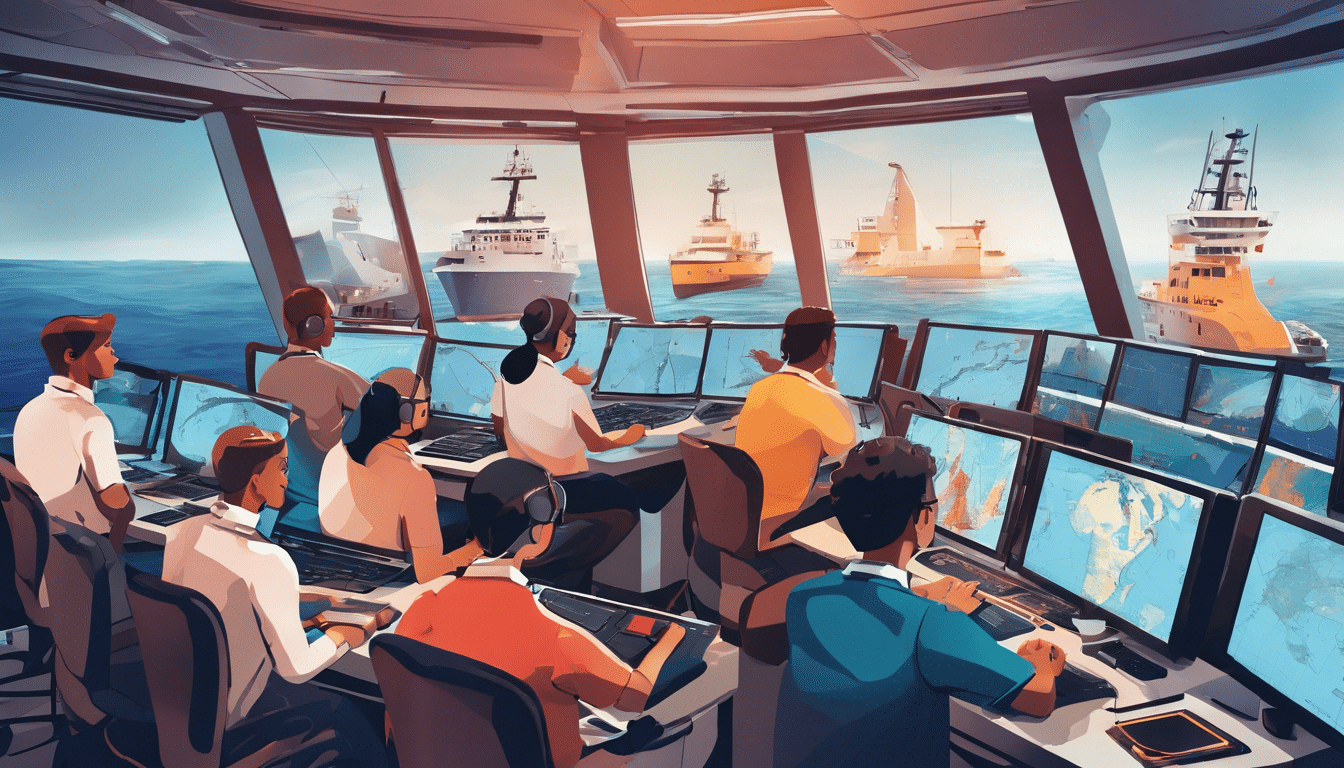In today’s increasingly complex maritime environment, the role of a Ship Security Officer (SSO) has never been more critical. With the rise in maritime threats, ensuring the safety and security of vessels is of utmost importance. For aspiring SSOs or those looking to enhance their maritime career, the Ship Security Officer Online Course provides a comprehensive pathway to develop essential skills and knowledge. This article serves as a step-by-step guide to success in this course, detailing what you can expect in terms of curriculum, offering tips for effective learning, and exploring how to implement your newly acquired skills in real-world scenarios.
Learn More About Our Courses Here!
Key Takeaways
- The role of a Ship Security Officer is crucial for maritime safety and compliance.
- The online course curriculum covers essential topics like security assessments and emergency response plans.
- To succeed in the course, stay organized and engage actively with the materials.
- Practical knowledge gained from the course can be effectively applied in real-world maritime security situations.
- Completion of the course enhances career prospects and readiness for challenges in ship security.
Understanding the Role of a Ship Security Officer
In today’s maritime industry, the role of a Ship Security Officer (SSO) has become increasingly crucial due to rising security threats and the need for compliance with international regulations. Enrolling in a Ship Security Officer Online Course: A Step-by-Step Guide to Success not only deepens your understanding of maritime security protocols but also positions you as a key player in safeguarding vessels against potential risks. This comprehensive online course covers essential topics such as the International Ship and Port Facility Security (ISPS) Code, threat assessment, and emergency response strategies, ensuring that you are well-prepared to handle various security challenges at sea. By acquiring these skills through an online course, you can advance your career while making a significant contribution to maritime safety.
Key Components of the Online Course Curriculum
In today’s digital world, enhancing your maritime skills through specialized training has never been more accessible, especially with the Ship Security Officer Online Course: A Step-by-Step Guide to Success. This course is meticulously designed to cover several key components essential for aspiring ship security officers. Firstly, it delves into the legal frameworks governing maritime security, ensuring that participants fully understand international regulations such as the ISPS Code. Following this, it offers comprehensive modules on threat assessment and risk management, empowering students to identify potential vulnerabilities aboard vessels. Additionally, practical training components, including crisis management scenarios and emergency response tactics, equip learners with the necessary tools to handle real-life security challenges effectively. Last but not least, the course emphasizes the importance of maintaining the integrity of security plans and conducting regular drills, which are vital for ensuring continual readiness. By completing the Ship Security Officer Online Course, attendees not only gain critical knowledge but also enhance their career prospects in the ever-evolving maritime industry.
‘The only way to do great work is to love what you do.’ – Steve Jobs
Learn More About Our Courses Here!
Tips for Success in Completing the Course
Completing a Ship Security Officer Online Course: A Step-by-Step Guide to Success requires careful planning and dedication. Start by familiarizing yourself with the course structure and requirements; understanding the syllabus will help you identify key topics to focus on. Create a study schedule that allocates specific times for coursework, ensuring that you stay on track and retain information effectively. Engaging with interactive course materials and participating in discussion forums can enhance your learning experience. Additionally, connect with fellow students or a mentor to exchange insights and clarify doubts, fostering a collaborative environment. Finally, regularly review your progress and adjust your strategies as necessary to maintain a consistent study rhythm. By following these tips, you’ll position yourself for success in the Ship Security Officer Online Course, equipping you with the crucial skills needed for security roles in the maritime industry.
How to Apply Your Knowledge in the Real World
The maritime industry is continuously evolving, and understanding the intricacies of security on ships is more crucial than ever. If you’re looking to enhance your qualifications, a Ship Security Officer Online Course: A Step-by-Step Guide to Success can be the key to unlocking numerous career opportunities. This course not only covers the fundamental aspects of ship security protocols but also provides practical applications that can be implemented in real-world scenarios. Start by familiarizing yourself with the International Ship and Port Facility Security (ISPS) code and its requirements. Following this, focus on developing an understanding of risk assessment techniques and threat identification methods, which are vital in maintaining a secure environment on board. Through interactive modules and case studies, you’ll gain insights that will help you apply theory to practice effectively. Furthermore, engaging in discussions with instructors and peers can enhance your learning experience, providing you with diverse perspectives on ship security challenges. Ultimately, completing this course equips you with the skills necessary to safeguard maritime operations, making it a valuable addition to your professional toolkit.
À Propos de Nous
Virtual Maritime Academy is a leading provider of online maritime education and training, offering a wide range of courses designed to meet the needs of the global maritime industry. With a commitment to quality and innovation, Virtual Maritime Academy is dedicated to preparing seafarers and maritime professionals for success in their careers. Now a DNV Certified Maritime Training Provider, the academy upholds the highest standards of excellence in training and education.


